Dynamic Head Supports – the importance of design in meeting client goals
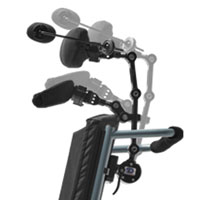 Michelle L. Lange, OTR/L, ABDA, ATP/SMS
Michelle L. Lange, OTR/L, ABDA, ATP/SMS
Updated 1/3/2023
In our last blog, we discussed clinical indicators and contra-indicators to allowing movement into neck extension using Dynamic Head Support Hardware. Dynamic movement in this area can protect the head support hardware from damage, limit client injury, and reduce overall extensor tone. How does design facilitate these goals?
Dynamic Head Support and Range of Motion
When a client extends at the neck, this movement may not occur with the head precisely in midline. Movement may include extension and rotation, making this movement more difficult to capture. The dynamic component must move in response to these multi-directional forces. Some dynamic components will not activate unless the client’s movement occurs in one primary direction - posterior. The amount of resistance must be such that the client can move the dynamic component and yet still return to upright. The distance of movement is critical. Some Dynamic Head Support Hardware is designed to move a very small amount. This is appropriate for clients who have an adverse response to a greater degree of movement, such as a startle response. Other dynamic components move in a greater range to effectively diffuse extensor forces.
Dynamic Head Support Requirements
A wide variety of head supports are available to match an individual’s needs. Dynamic hardware that is compatible with a variety of specific head supports can be used with a larger population of clients. The hardware must be durable, as the clients using this technology may exert enough force to break static head support mounts. As this hardware is close to the head, the design must be such that hair is not caught and pulled during movement. The dynamic component should, ideally, prevent moisture and dirt from entering hardware and impairing functionality. Some dynamic components use a shroud to block hair, dirt, and moisture.
Seating Dynamics Dynamic Head Support Hardware
Seating Dynamics Dynamic Head Support Hardware moves posteriorly in response to posterior and/or rotational client neck movement. The hardware is very adjustable, interfaces with a wide variety of head supports, and is quite durable.

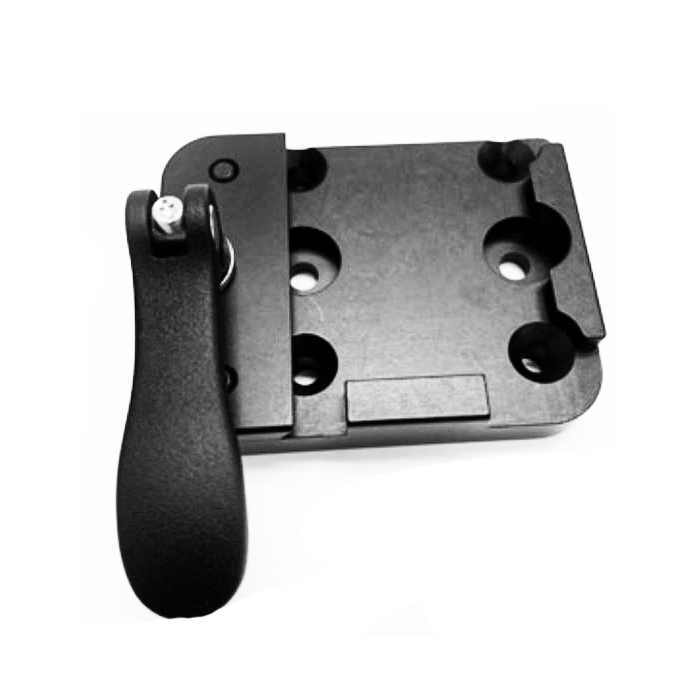
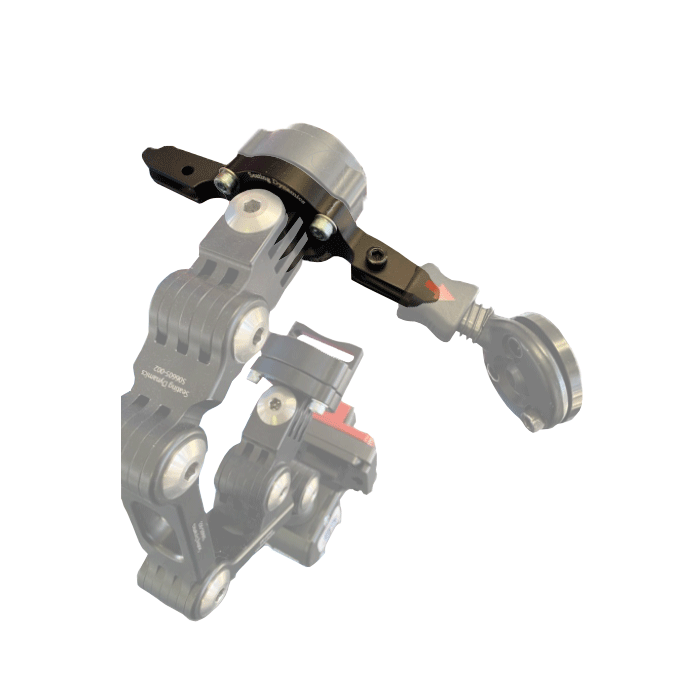
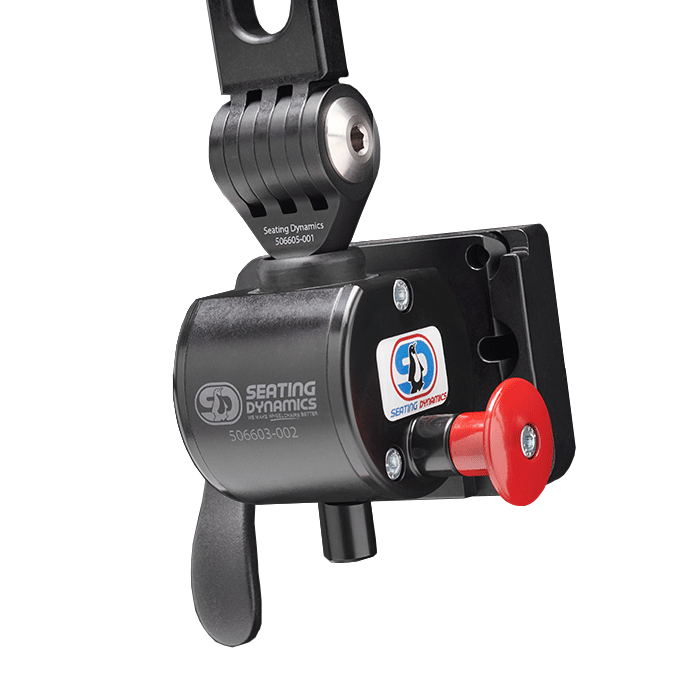
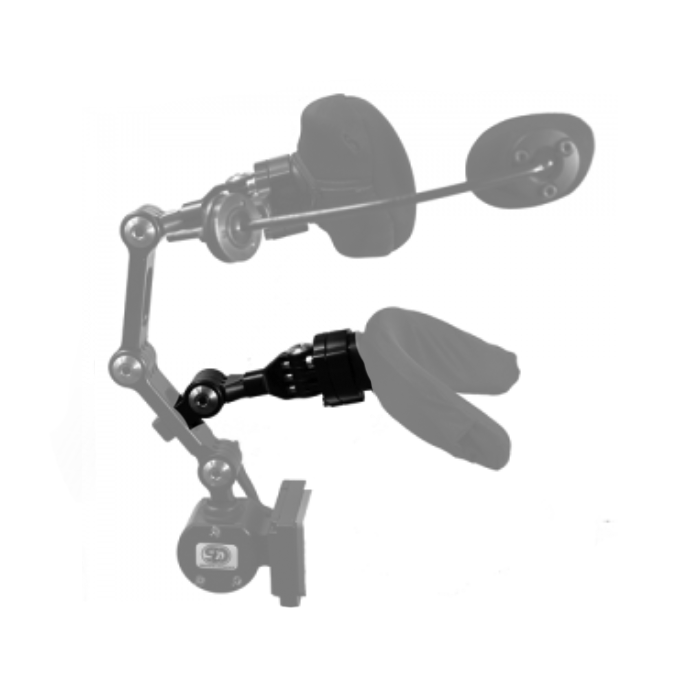
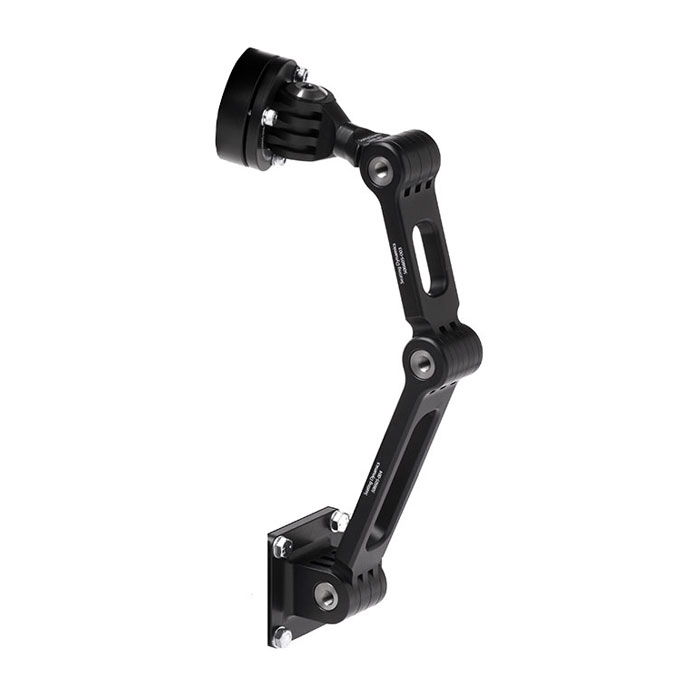
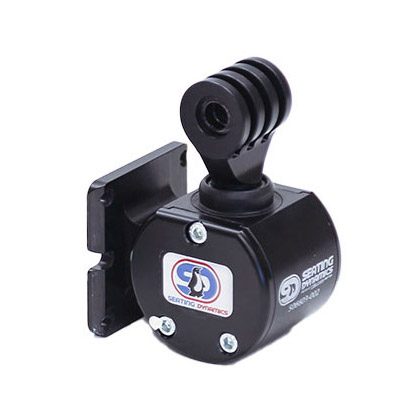
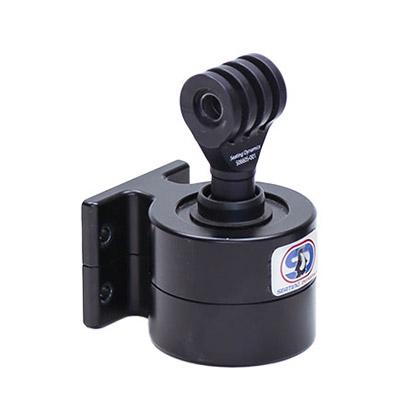
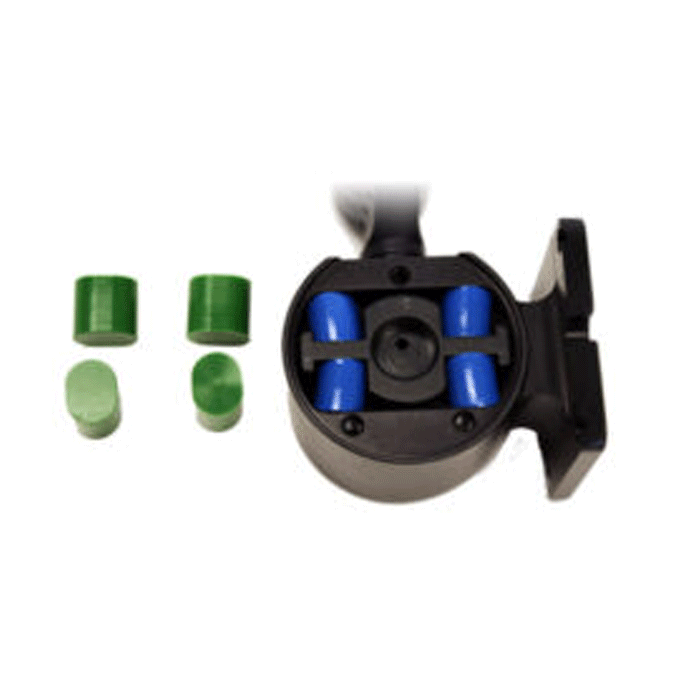
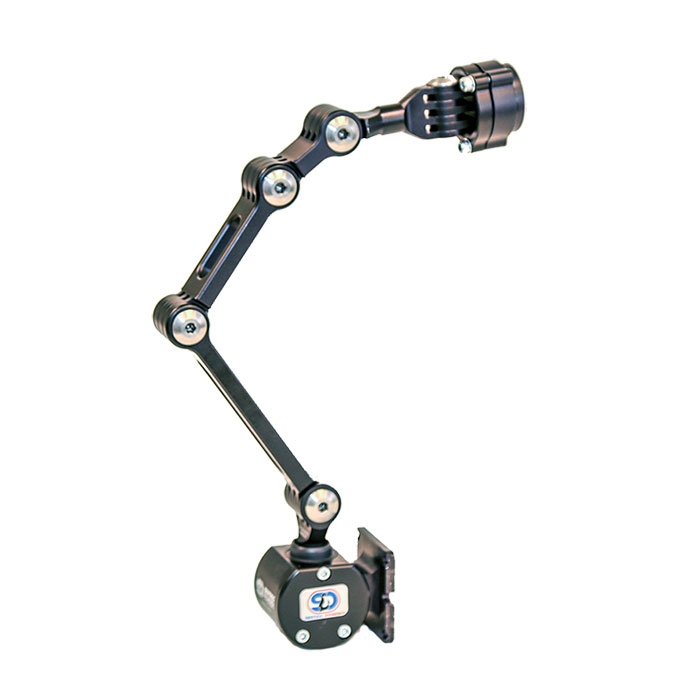

What design challenges have you experienced when using head supports with the clients you serve? I’d love to start a conversation!